
 OCC has made forays into the Qatar market
OCC has made forays into the Qatar market
With demand for cement having reached unprecedented levels in the region, the Sultanate's pioneer cement manufacturer Oman Cement Company (OCC) has just embarked upon an ambitious expansion plan that will see its capacity double over the next two years.
A new production line will be installed taking the plant's current clinker output of 4,300 tonnes per day (tpd) to 9,300 tpd by the end of 2007, according to Amitava Saha, marketing manager.
The expansion - the plant's second since it came on stream in 1983 - will be built adjacent to its existing lines and will also include OCC's second captive power generation unit producing 30 MW of electricity to meet the facility's requirements.
Holtech India, which has been appointed consultant for the expansion project, is currently drawing up the tender documents for the project that will be awarded in 35 packages.
Located some 40 km from Muscat, the pollution-free setting of the factory at the foothills of the Hajar mountains belies the fact that it is in fact the largest cement producer in Oman supplying 60 per cent of its output to meet the country's demand.
'We normally export 40 per cent of our output. However, now with the shortage of cement in the market, the Omani government has restricted cement exports to ensure an adequate supply to meet local demand,' says Saha.
With only one other cement producer in the country (located in Salalah), the company can claim credit for supplying cement for all the major projects in Oman, including the latest Barr Al Jissah development where it has supplied some 16,000 tonnes of cement.
Demand has been so overwhelming that OCC has been importing clinker to meet the requirements for cement of local customers as well as regular clients in the export market.
The frenetic pace of development in the UAE has created a dramatic surge in demand for cement in the market which has meant that UAE manufacturers - which used to supply the Omani market - are now only catering to the requirements of their home market.
'There has been a spurt in demand for cement in the region due to the buoyant economic conditions mainly spurred by the rising oil revenues,' says Saha. 'There is feverish activity to build infrastructure not only to improve the quality of life of 1the rapidly growing population but also set up industries in a bid increase non-oil revenues. For example, nearly $22 billion to $30 billion of project investment will be made in the next five years in Oman and the neighbouring UAE in roads, power, water desalination, fertiliser, petrochemicals and tourism.
'This will result in a shortage of four to five million tpy of cement in the region. Already this shortage has led to long queues of trucks outside all cement plants of the region.'
'The current situation has prompted OCC to launch an expansion which will increase its clinker capacity by 1.5 million tpy, resulting in a total cement capacity of 2.8 million tpy.
'This expanded capacity will help the company to meet its high local market share and target export markets for both grey Portland cement and the specialised oil-well cement,' he adds.
'When the new line is in place we will start to send 2,000 tpd of clinker to Sohar, where we will build a new clinker grinding station. The facility will have the capacity to produce 3,000 tpd of cement and we will have a bulk cement loading option as well as a bagging plant with Rotopacker for around 1,000 tpd. From Sohar, we will supply cement to the UAE market,' says Saha.
The facility in Sohar will strategically place OCC close to Oman's hub of industrial construction over the next few years. Around seven industrial facilities are being set up in the industrial area including fertilizer, refinery, smelter, petrochemical and methanol facilities, which will consume a great deal of cement. In addition, facilities will be built at the upcoming Sohar port, to serve each of these industrial plants, says Saha.
'Besides these facilities a number of road projects are coming up in Oman including the Sur-Quriyat Road, the Southern Expressway and the Ruwi-Dubai Highway as well as roads to the interior regions across the mountains,' he adds.
OCC is one of a number of cement plants in the region have launched expansion plans and Saha expects to see the current total capacity of both the UAE and Oman to increase from the current eight or nine million tonnes per year (tpy) to 15 million tpy.
OCC currently produces:
* Ordinary Portland cement (OPC), manufactured in accordance with Omani standard specification OS7: 2001; British Standard EN 197:2000 CEM 1 Class 42.5N: American Standard ASTM C 150-99a Type I;
* Sulphate-resistant cement (SRC) conforming to BS 4027:1996 Class 42.5 (LA): ASTM C 150-99a Type V; and
* Oil-well cement (OWC) conforming to American Petroleum Institute (API) specification 10-A Class G (HSR) and Class A (O).
'OWC, introduced in 2001, is a special cement used by crude oil producers to cement oil wells. The current restriction on exports do not apply to OWC, which we export to Pakistan, Kuwait, Qatar, Yemen, Saudi Arabia, UAE, East Africa, Sudan and Turkmenistan. We have the advantage that our product has the API (American Petroleum Institute) seal of approval,' says Saif Salim Al Habsy, assistant marketing officer.
Established in 1978, OCC's existing plant came on stream in 1983 with a clinkering capacity of 600,000 tpy. Growing regional demand for cement, prompted OCC to expand its clinker capacity to 1.2 million tpy in 1998. A captive gas-fired power plant of 30 MW was also installed to meet the power requirements of the plant.
Given its expanded capacity, OCC then made forays into the export markets in order to operate at full capacity and reap the economic benefits of higher volumes - targeting markets in the UAE, Yemen, Eritrea, Zanzibar, Somalia, Djibouti, Sudan, Libya, Qatar, and Pakistan.
'The fact that OCC has been successful in beating competition from much larger regional producers and tackling 'dumping' of cement in local market without any government support is a clear indication that the company is geared to meet the challenges in cement marketing,' comments Saha.
'OCC's success after the expansion can be attributed to a combination of production efficiency, quality control, pricing strategy and customer support. The sales revenue of the company increased from $56.7 million in 1999 to $69 million in 2003.
OCC is accredited with ISO 9001-2000 and ISO-14000-96 quality certifications and uses raw materials such as limestone and silica-bearing material called Quartzophilyde (QPH), bauxite and iron ore in the production of cement.
Limestone and silica represent 98 per cent of the raw material, which is available in abundance in the plant's vicinity. OCC's manufacturing process is computerised and its own central laboratory consisting of robotics, X-ray spectrometers, laser particle-size analyser and computerized physical properties testing equipment supports OCC's quality control programmes.














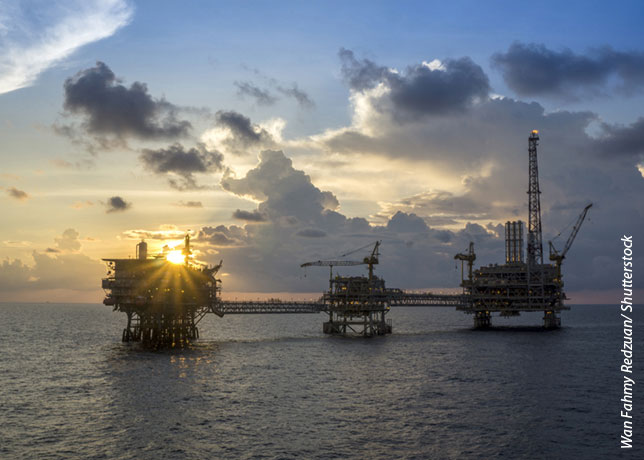







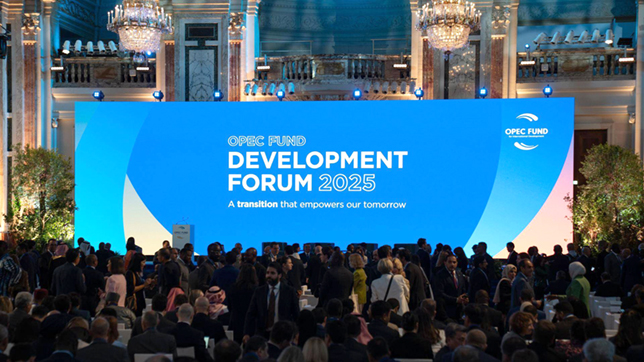















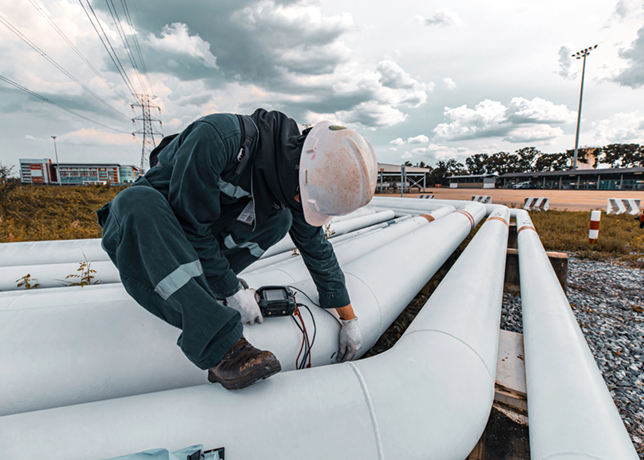
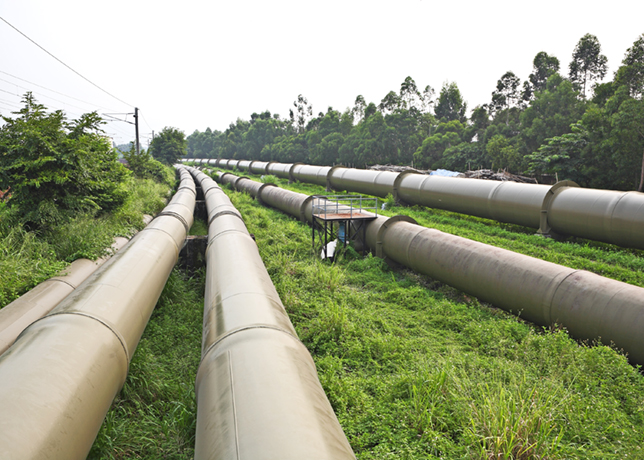







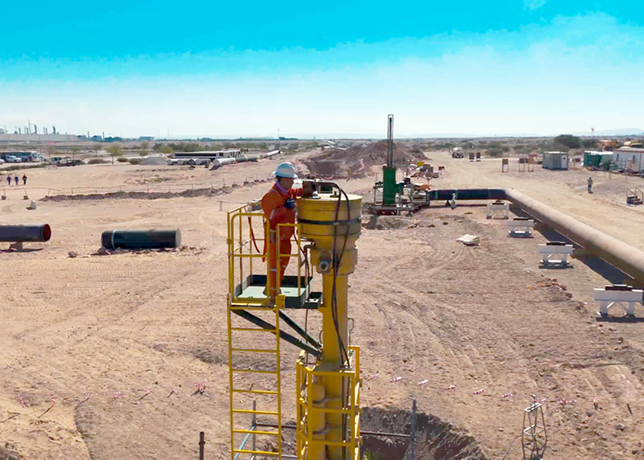

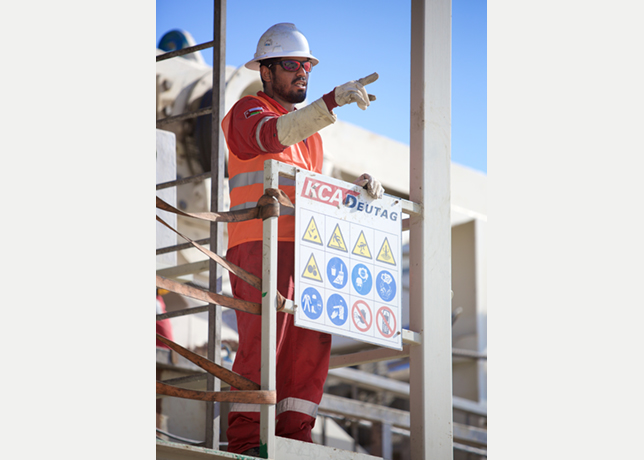




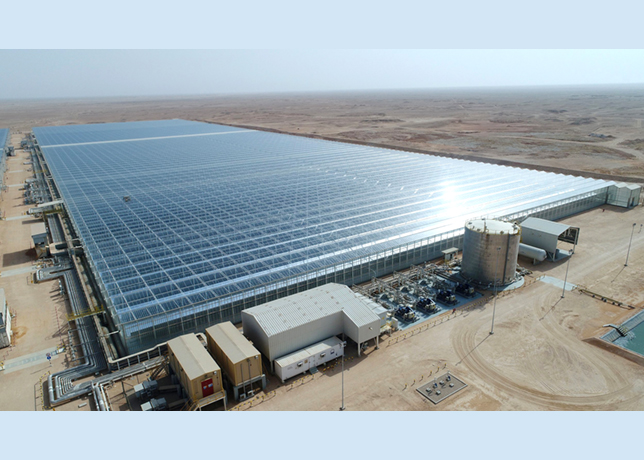
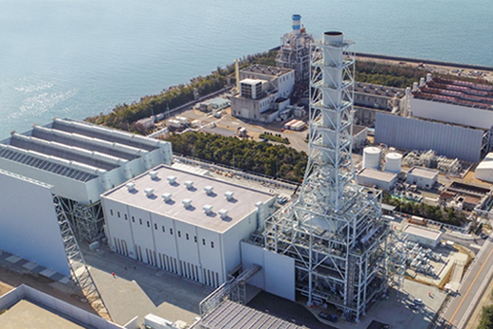
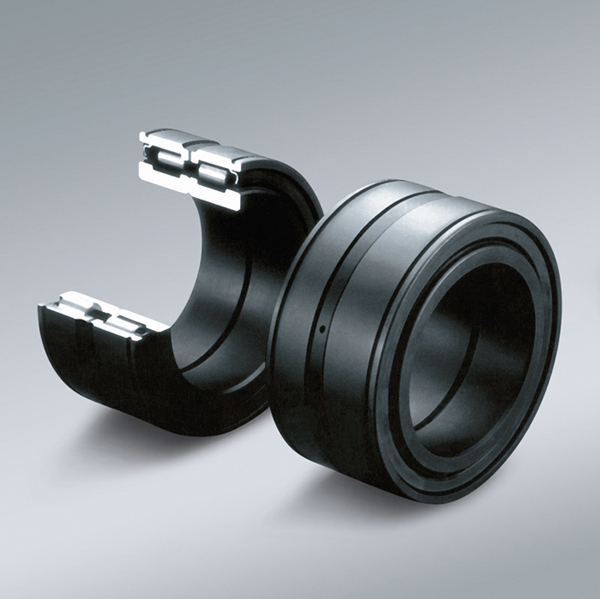
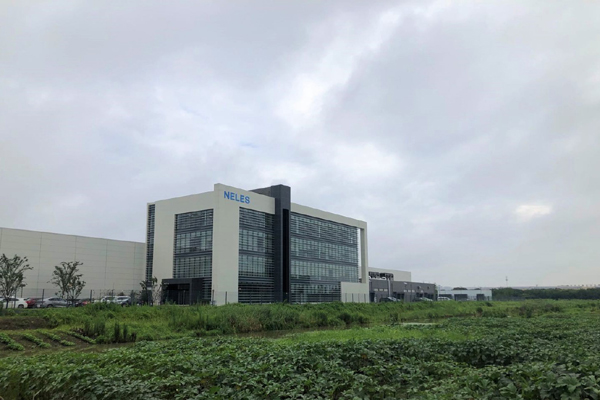
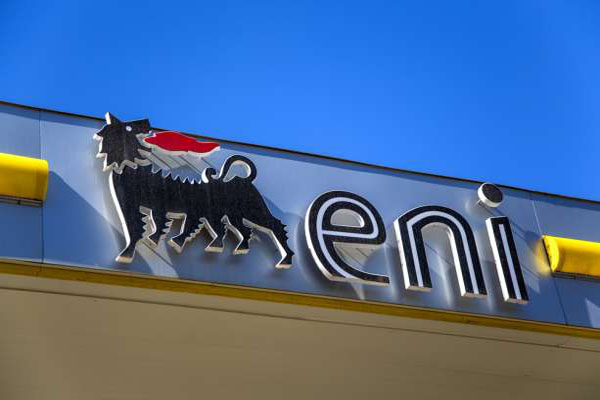
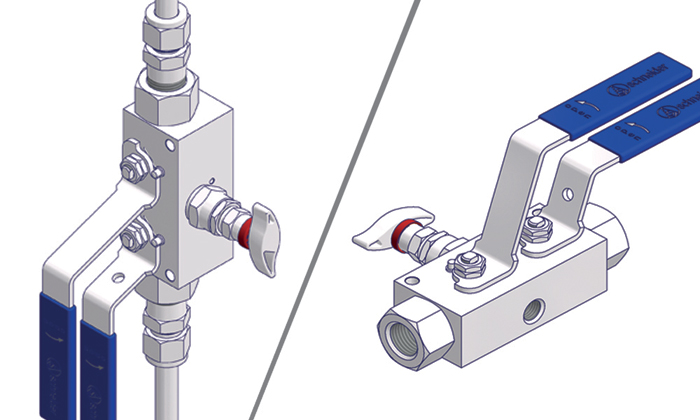
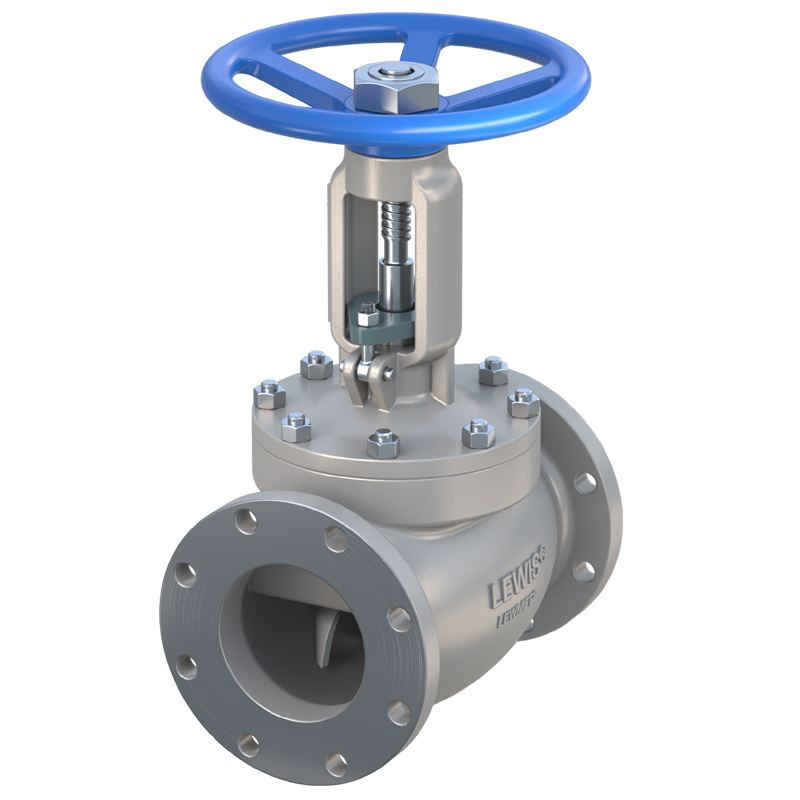
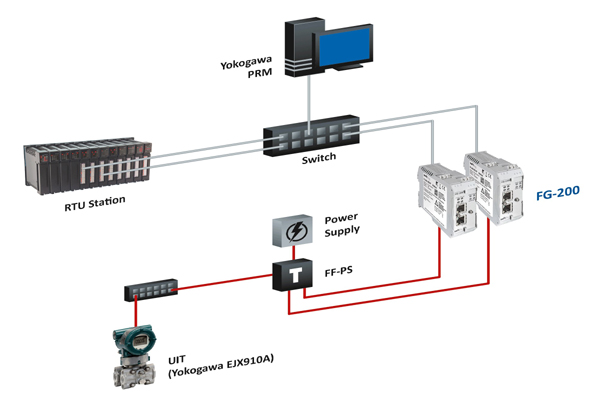
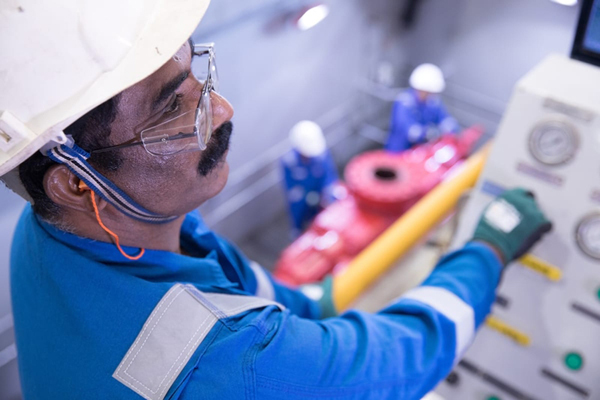
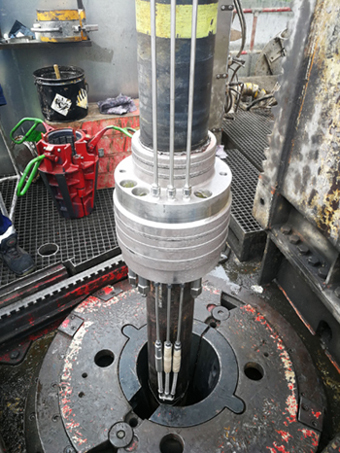
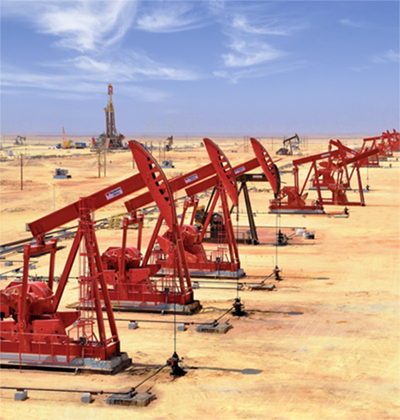
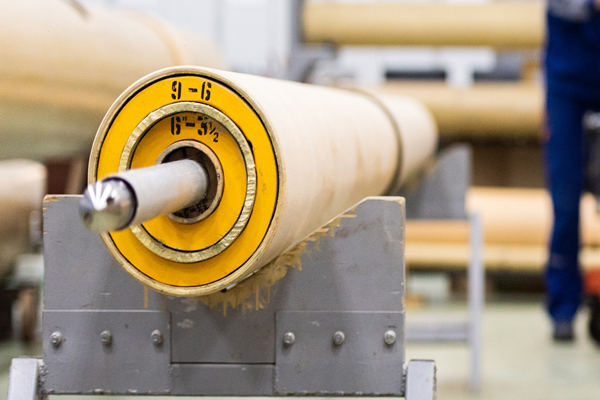
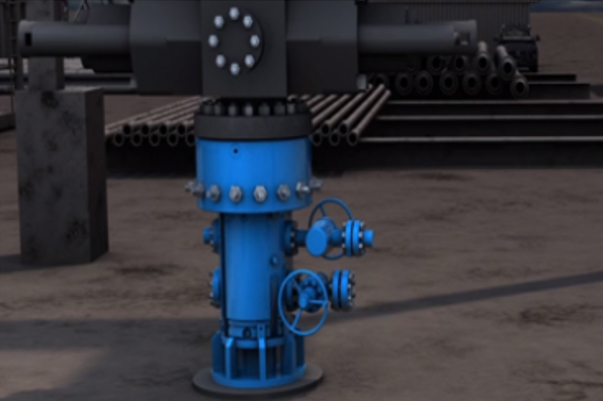
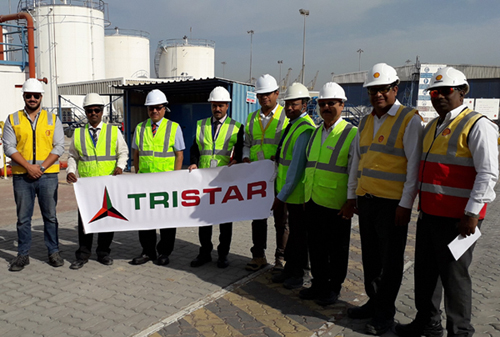
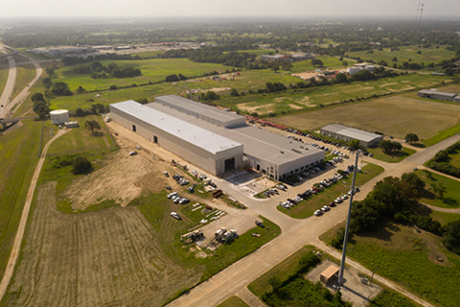
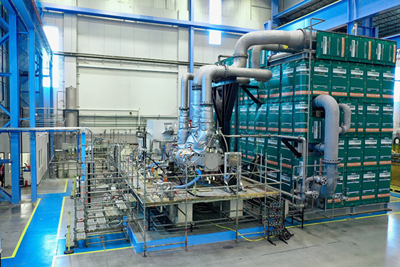
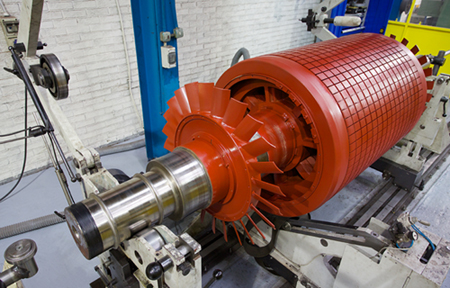
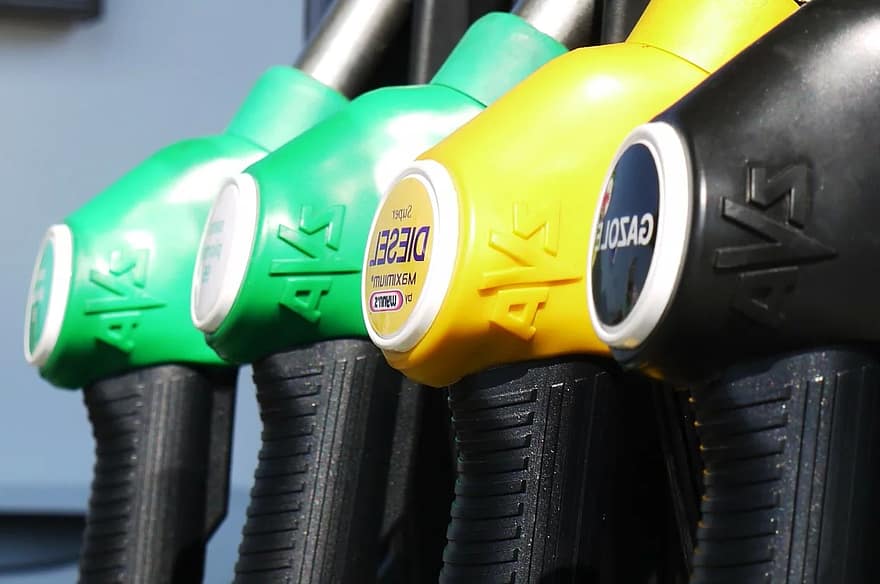

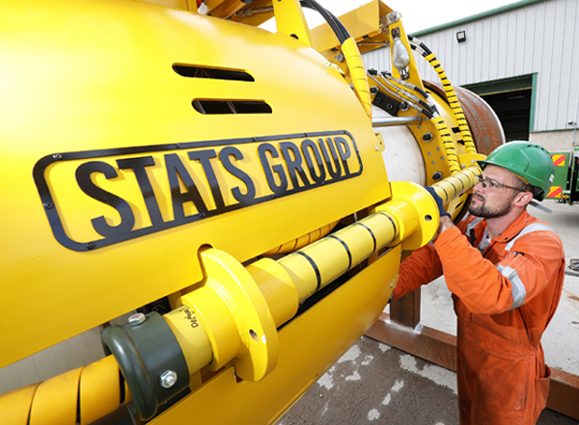
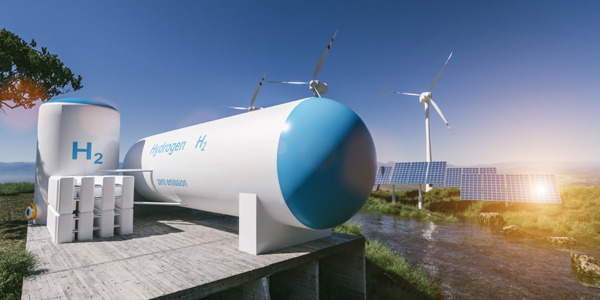
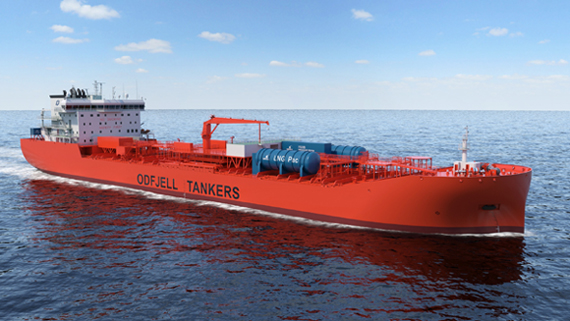
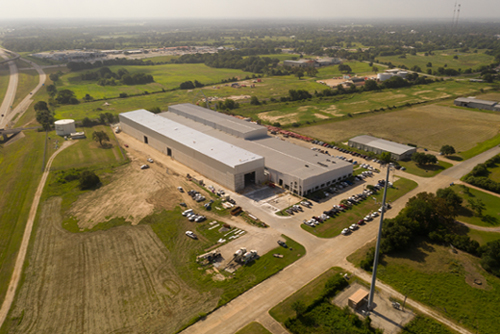









.jpg)











